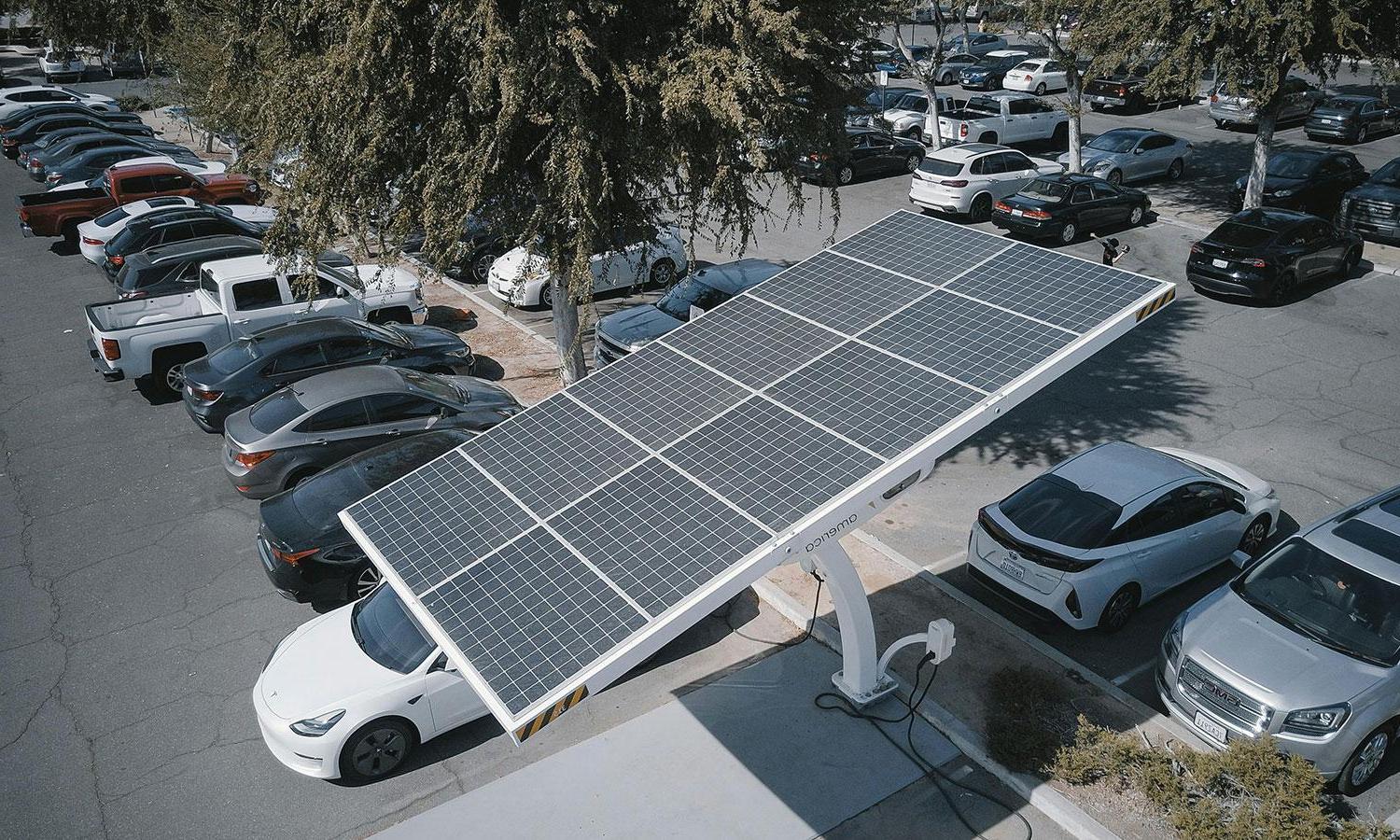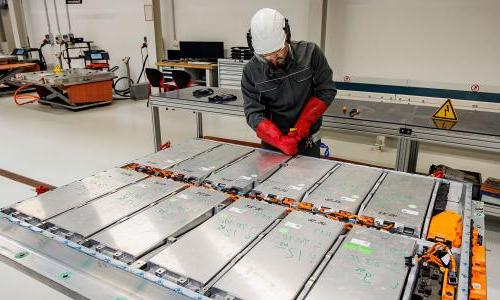Electrifying the transportation sector is a necessary step to mitigate the effects of climate change.
That’s because the transportation sector is responsible for almost 30 percent of heat-trapping greenhouse gas emissions in the United States. A fair and fast phaseout of fossil fuels will require that we electrify the ways we get around if we’re going to have a fighting chance. It also means that we need to take electric vehicle (EV) battery recycling very seriously.
为什么我们需要电动汽车电池回收政策?
多亏了科技的进步, 今天有近100种不同型号的电动汽车可供购买, 未来几年还会有更多. 电动汽车是由储存在电池组中的电力驱动的. 电池由锂等材料组装而成, 钴, 和镍, 这意味着向电动汽车的过渡将需要一个 增加 of these minerals to power the electric cars, trucks, and buses that will be on tomorrow’s roads.
电动汽车通常会在道路上行驶10-15年, 但这种电池的使用寿命甚至更长. An EV will typically retire when the battery is at about 70- 80 percent of the original rated capacity. 如果状况良好, the battery can be removed from an EV after and reused for other purposes like stationary energy storage prior to recycling. 回收的材料可以用来制造新的电池, therefore reducing the amount of newly-mined materials necessary to meet upcoming mineral demand. 这一点尤其重要,因为虽然只有大约 1.400万年 今天在美国道路上行驶的电动汽车,这个数字将继续增加. 随着越来越多的电动汽车上路, the demand for battery materials will grow and recycling could meet a measurable amount of demand as more EVs retire. 研究 shows there are enough explored or prospective reserves of minerals to electrify the global transportation sector using current technology if a high amount of battery recycling occurs.

政策对实现这一目标至关重要
In the transition away from fossil fuels, we have a substantial opportunity to get policies 正确的. That means —smart policies around the reuse and recycling of EV batteries that reduce demands for material demand and mining in the future. 随着电动汽车销量的增长, proper reuse and recycling of the batteries and materials they’re made from will require proactive, 以617888九五至尊娱乐为基础的政策创造一个 可持续和合乎道德 电气化运输系统. 回收的类型也很重要. Policy and regulation is important to ensure high recovery rates of key minerals and low environmental and community impacts.
例如, we need policies that ensure that all EV batteries are safely managed at their end of life and that materials can be recovered. 如果没有制定回收要求, 电池有可能被不当处理或报废.
An “扩展生产者责任” (EPR)方法可以解决这个问题. An EPR program assigns the recycling responsibility to the manufacturers who design and produce these batteries, 并减轻个人业主的负担, 小型企业, and disassemblers and facilitating a centralized and more sustainable recycling process. This model also promotes environmental accountability from the onset of production and aligns with precedents set in the European Union and recycling initiatives for other products like mattresses, 油漆, 和地毯. Centralized responsibility can also help ensure that end-of-life batteries are handled efficiently and safely, 帮助降低回收成本, 并支持可持续交通电气化的更广泛目标.
The Union of Concerned Scientists (UCS) supports EPR as a crucial step toward creating a circular economy in the transportation sector, 减少对原材料的需求, 尽量减少对环境的影响. UCS suggests that an EPR with a recycling recovery rate and 增加d community protections is enacted to ensure all batteries are recycled and to drive recycling costs down. This is essential for reducing the amount of mining needed to electrify our transportation system over the next several decades.




